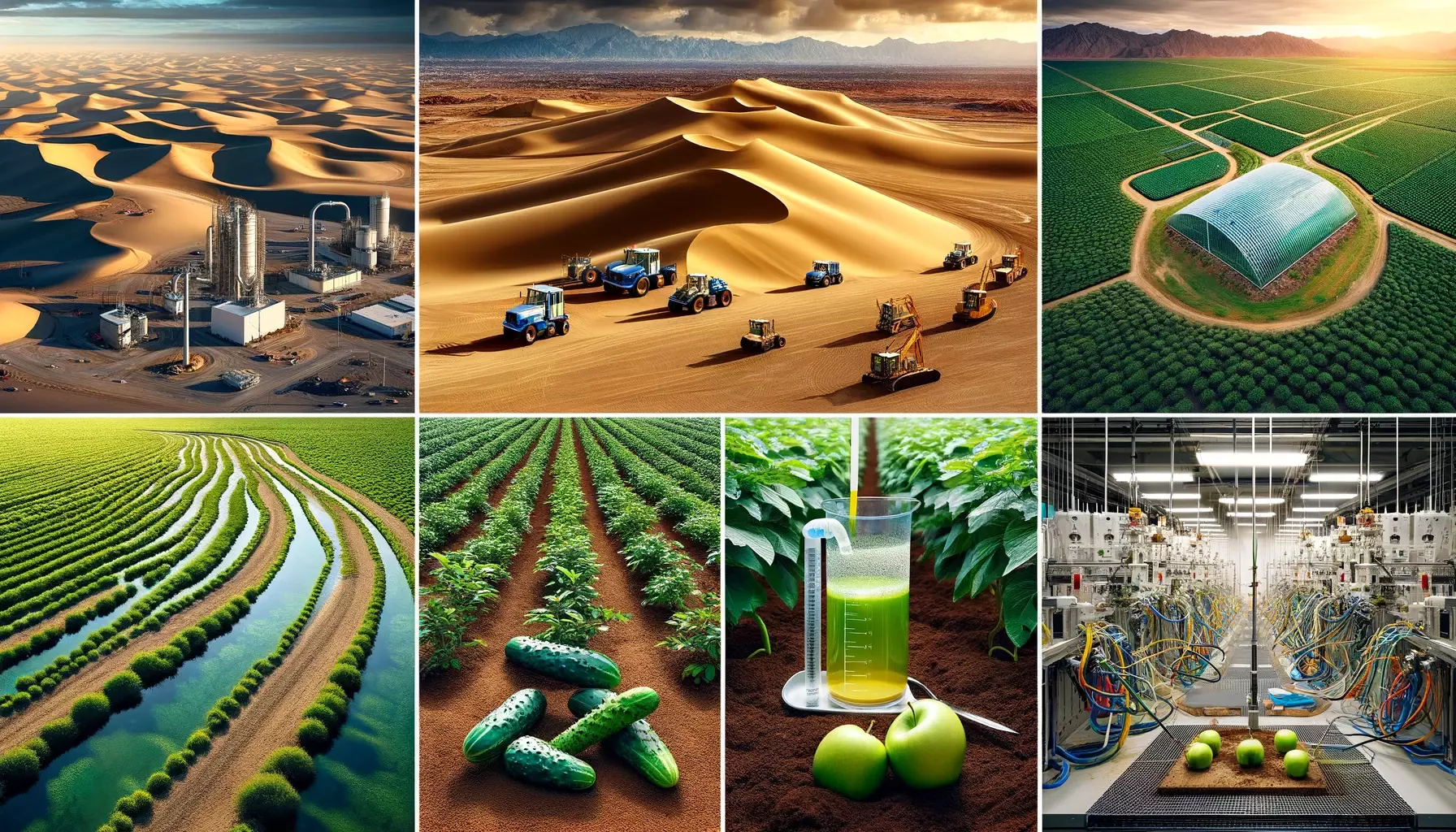Revitalizing Soil: New Techniques on the Horizon
As global agriculture faces the challenges of extreme weather and land degradation, a wave of new, yet largely experimental methods are being developed to rejuvenate the world’s farmlands. These innovations range from injecting liquid clay into Californian deserts for moisture retention to enhancing Malaysian soils with nutrient-rich fly larvae droppings. In Canada, biochar, a byproduct of burnt organic material, is being tested to improve soil quality for apple cultivation.
The Limitations of Traditional Methods
Traditional soil preservation techniques, such as reduced tillage and off-season cropping, are struggling to combat the increasing severity of droughts, floods, and temperature fluctuations. Soil erosion is critically impairing the land’s productivity, with projections from the UN’s Food and Agriculture Organization suggesting a potential 10% drop in global crop yields by 2050.
Emerging Soil Amendments
The new category of “soil amendments,” designed to enhance soil’s physical attributes, could potentially support and extend the reach of conventional methods. Products like biochar, liquid clay, and frass (fly larvae droppings) are now in the early stages of commercial production. The urgency for these solutions has intensified with the worsening soil degradation, as noted by Ole Kristian Sivertsen, CEO of Desert Control, a company specializing in liquid clay.
Corporate Interest in Soil Regeneration
Major corporations like Bayer AG are exploring innovative soil regeneration methods through their venture capital divisions. Bayer’s head of sustainability, Matthias Berninger, highlights their focus on non-chemical nutrient additions, such as microbe integration into soil. These approaches not only enrich the soil but also enhance its water retention capabilities, requiring fewer applications than traditional fertilizers.
Biochar: A Promising Solution
Biochar, inspired by the naturally fertile Amazonian “Dark Earths,” presents a significant opportunity for soil enhancement. According to Canadian scientist Vicky Levesque, biochar has shown promising results in reducing nitrous oxide emissions and increasing plant growth. Preliminary research indicates substantial yield improvements in greenhouse crops, with less fertilizer needed due to biochar’s effect on beneficial bacteria.
Liquid Clay: Transforming Deserts into Farmlands
Desert Control’s liquid clay is another innovative solution, under development for 18 years. In a U.S. desert trial, treated sand showed marked improvements in water and nutrient retention. Robert Masson of the University of Arizona reported significant growth in romaine lettuce in clay-treated sand. Desert Control recently partnered with Limoneira Company to apply this technology to citrus farms, with each application potentially lasting up to five years.
Frass: A Nutrient Booster from Insect Waste
In Malaysia, Nutrition Technologies is turning Black Soldier Fly larvae waste into a soil conditioner known as frass. This product has been shown to increase soil organic matter, essential for plant nourishment. Having started in 2015, the company now sells frass to local farmers, although its production volume remains relatively small on a global scale.
The Fragility and Resilience of Soil
These emerging techniques underscore a fundamental truth: soil is a living system that takes time to develop and can be rapidly depleted. As the world faces increasing agricultural challenges, these innovative solutions offer a glimpse of hope in preserving and enhancing one of our most vital resources: fertile soil.
